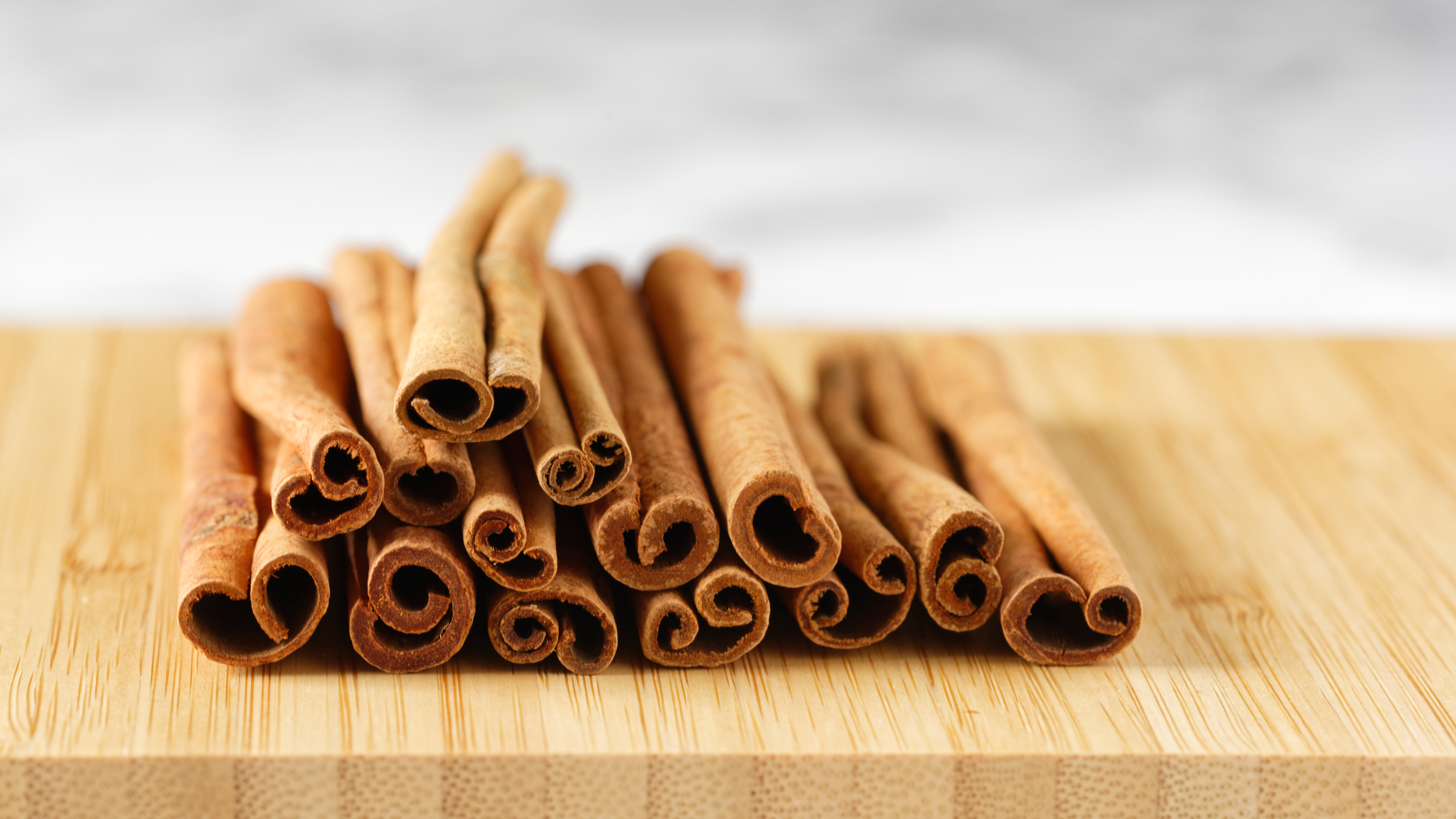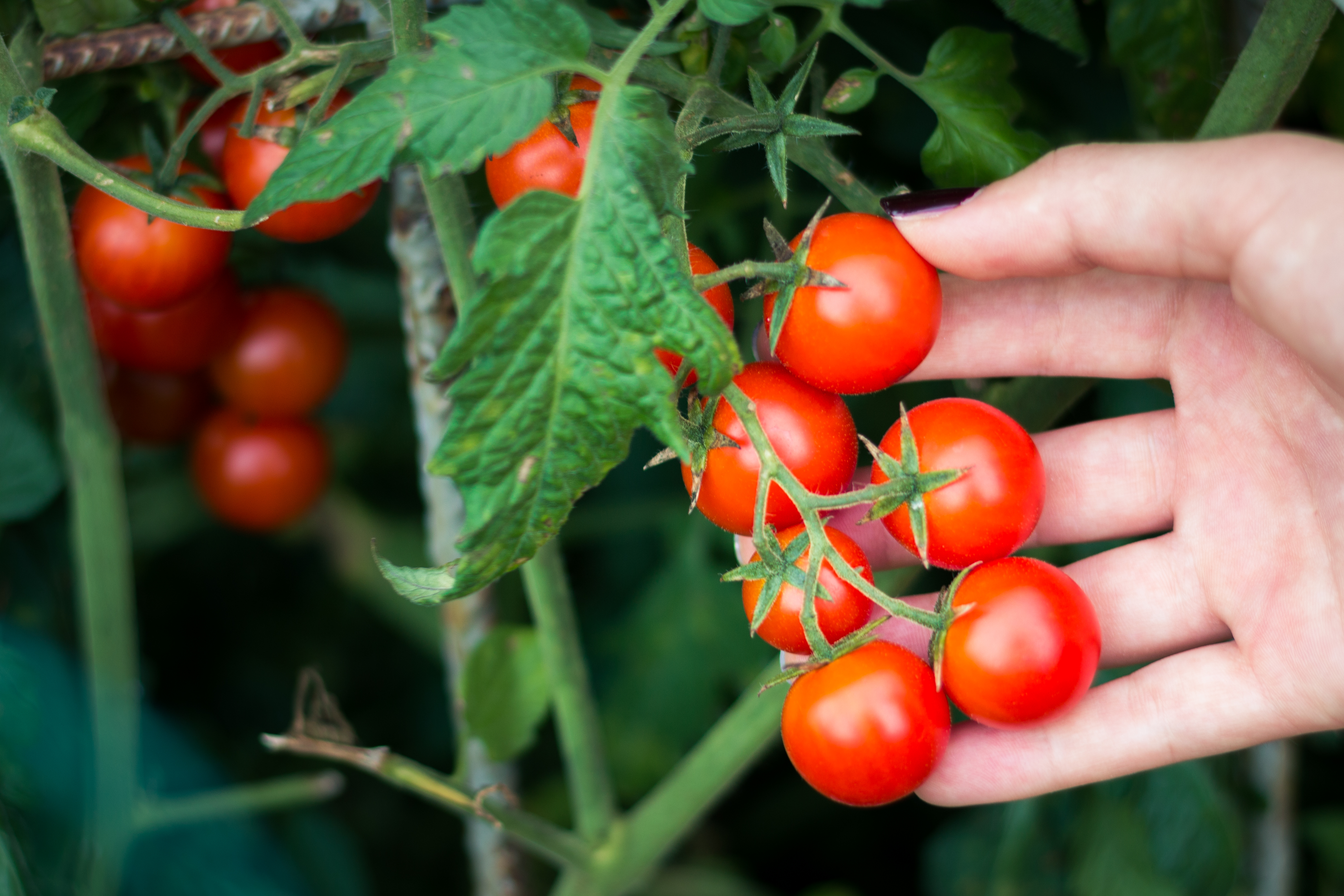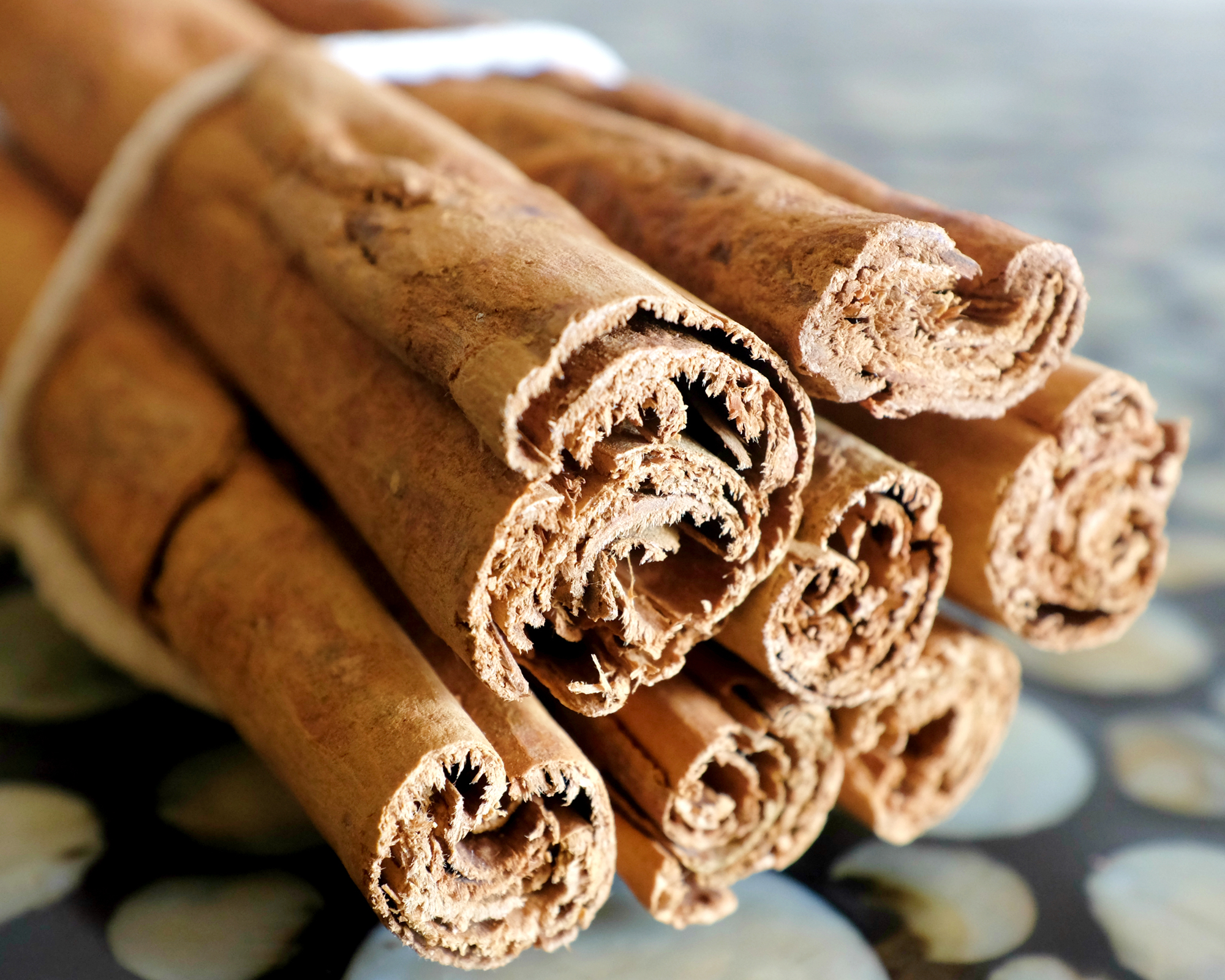Does the cinnamon gardening hack work? The surprising benefits of using spices on your plants
Does using cinnamon on your plants do anything? Here's the science behind the popular gardening hack

Many gardeners swear by using cinnamon on their indoor or garden plants to treat fungal infections and mold. Does this gardening hack really work, and if so, what is the best way to use cinnamon on your plants?
Although watering plants incorrectly is by far the most common reason why plants develop fungal infections, plants suffer from them for all sorts of reasons, and it looks like cinnamon can help.
Why is cinnamon good for plants?

The beneficial effects of cinnamon on plants have been proven by numerous scientific studies, which have shown that cinnamon is an effective fungicide and even promotes healthier growth in certain plants, for example tomatoes. Tomatoes sprinkled with cinnamon powder were shown to develop healthier leaves, and more of them. Adding cinnamon can be used as part of learning how to grow tomatoes, especially if you're having problems with them.
However, it is the anti-fungal property that is the most important, making cinnamon effective for combating a variety of plant problems, from mold and root rot to the dampening off of seedlings. It appears that any form of cinnamon – ground powder, essential oil, or water-based extract – is effective against fungal infections, and can be sprinkled on, mixed in with soil, or dabbed on. They question is, however, which type of cinnamon yields the best results, and here is where things get more interesting.
What type of cinnamon should I use on my plants?

'There is more than one type of cinnamon?' you may be wondering. In fact, there are over 300 different subtypes of cinnamon, and at least five are sold under the name of 'cinnamon' in stores. How do you know which cinnamon type will be effective for combating fungal disease in plants?
Luckily, there is a study that compares eight different types of cinnamon for their effectiveness against different types of fungus. The results of the study were mixed, showing that different types of cinnamon were varyingly effective against different species of fungus, so you may or may not have luck with the specific fungus your plant is suffering from regardless of what type you buy.
However, one species, Cinnamomum zeylanicum, also known as true cinnamon, was the most effective agains all types of fungus. True cinnamon tends to be a little more expensive than other types, but it is worth seeking it out to get the most out of the cinnamon gardening hack.
Anna writes about interior design and gardening. Her work has appeared in Homes & Gardens, Livingetc, and many other publications. She is an experienced outdoor and indoor gardener and has a passion for growing roses and Japanese maples in her outside space.
